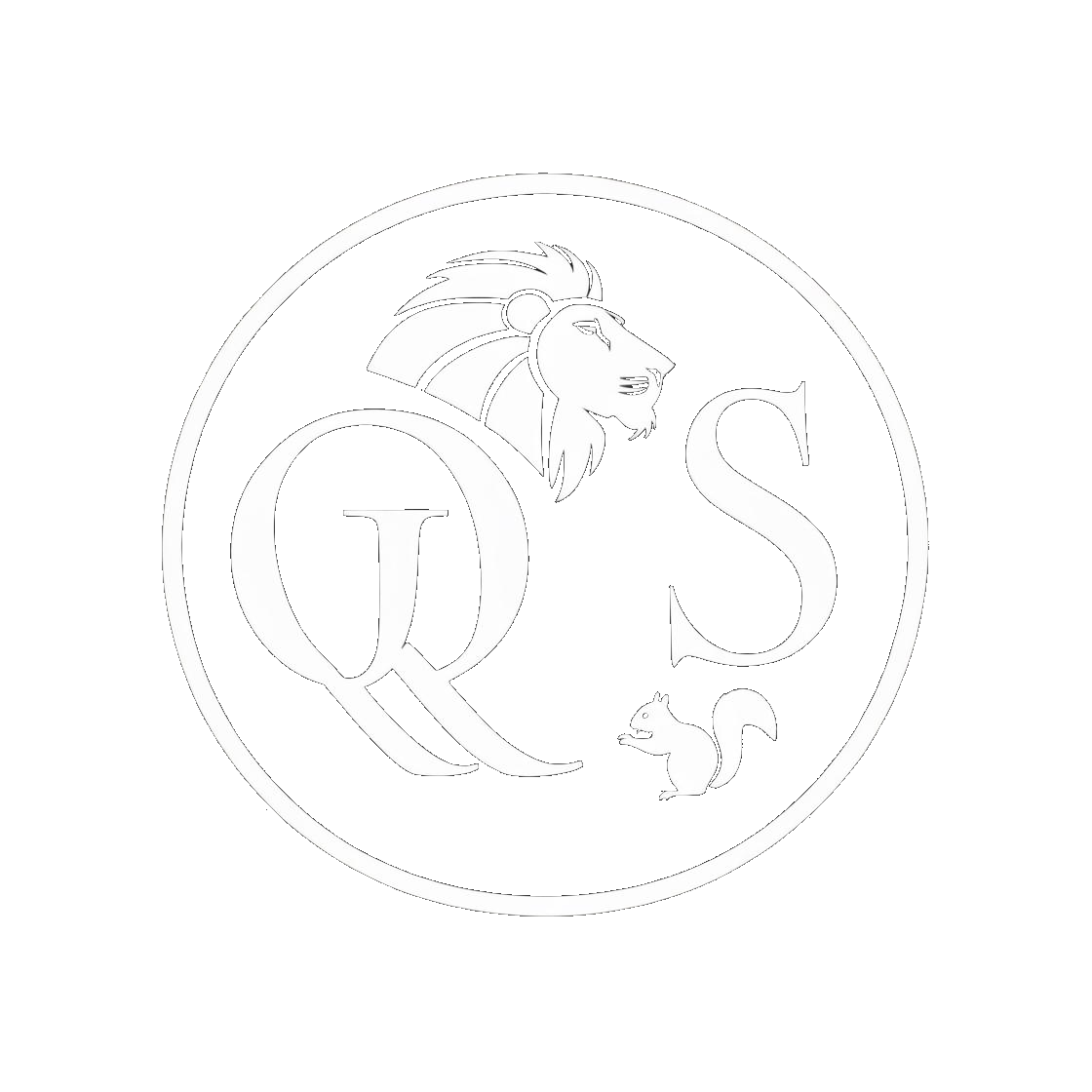Part 2 of 3: What to Track During a Conference (and How to Actually Do It)
Welcome back to my blog series on planning for trade shows and conferences. In Part One, I talked about setting your KPIs before you step onto the show floor. In this post, I want to focus on something just as important—how to track those KPIs while you're at the event.
This part is tough. When you’re in the moment, it’s easy to get caught up in the excitement of the show and forget to record anything. I get it. That’s why having a system, and even better, someone to hold you accountable, can make all the difference.
Start by Building a Routine
Having someone back home—like a colleague or team lead—who checks in at the end of each day and says, “Hey, get your numbers in,” is more helpful than you’d expect. It’s like having a gym buddy who helps you stay on track and keeps you honest.
If you’re attending with a team, assign someone to collect everyone’s notes and metrics daily. If you’re solo, set your own check-in deadline (like 8:00 a.m. the next morning). The longer you wait, the more you’ll forget.
Meeting Notes Aren’t Enough
You need to be tracking specific data points in real time. That means tailoring your questions based on the type of meeting—whether it’s sales, marketing, or HR. For sales, I often focus on:
Budget
Authority
Need
Timing
Engagement level
Relationship depth
Not every meeting is about closing a deal. Sometimes it's about filling your pipeline or deepening a connection. Make sure you’re clear on which goal applies to each meeting—and track accordingly.
Make It Easy to Capture Data
I recommend setting up a Google Form that feeds directly into a Google Sheet. You can fill it out right after each meeting on your phone. No need to pull out your laptop or remember details hours later.
Personally, I’ve also started using Otter.ai (not sponsored) for recording meetings. It has a mobile feature and works great if you use lapel mics. Just let people know you’ll send them the notes afterward, and it allows for a more natural conversation without constantly writing things down. Bonus: it gives you a built-in reason to follow up.
Weigh the Right Metrics
In my spreadsheet, not all data points are treated equally. For example, the presence of a clear need from the client is weighed more heavily than something like general interest. Every conversation has value, but some are higher priority when you’re doing post-show follow-up.
I’ll be sharing my full template in the next post, so you can see how I break this down. For now, think about which metrics matter most to your team, and how you’re going to evaluate them during the show—not just after.
Final Tip: Be Accountable
Whether it’s before the party or the next morning, make sure someone is responsible for recording what happened that day. If you leave it too long, memory fades. Data doesn't.
If you're heading to XP Game Summit in June, let me know! I’d love to connect and hear how you’re planning for the show.
Lesson Learned
What you track during the show is just as important as what you plan before it. Build a system, stick to it daily, and you’ll leave the event with more than just good memories—you’ll leave with clear data to act on.

